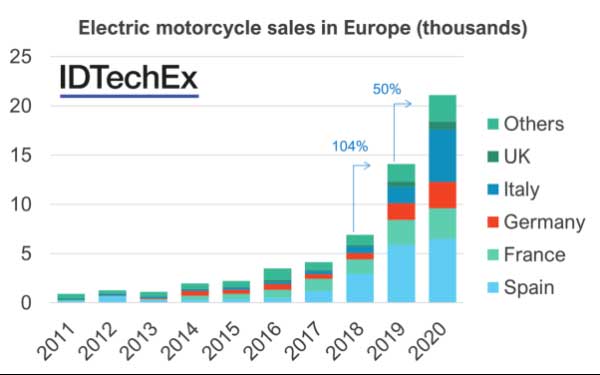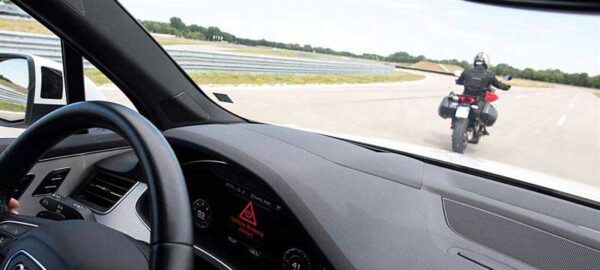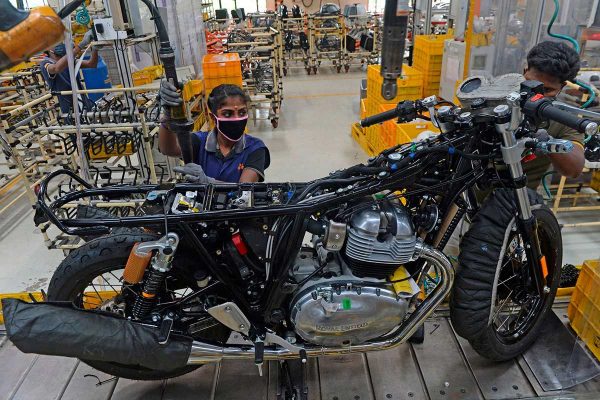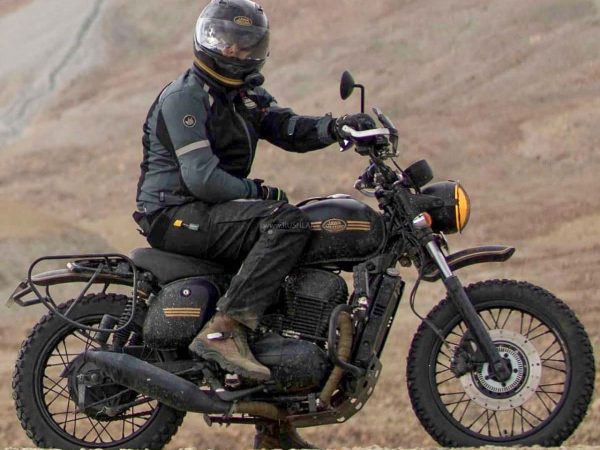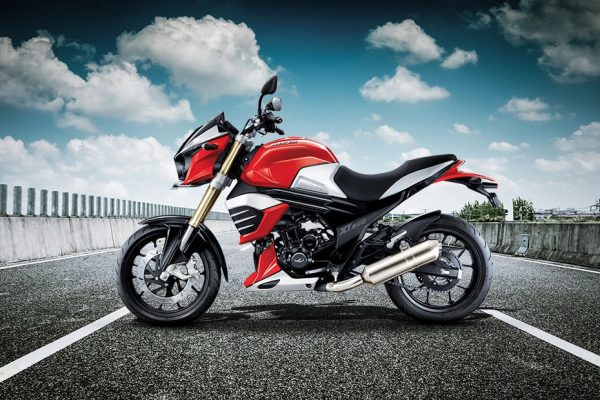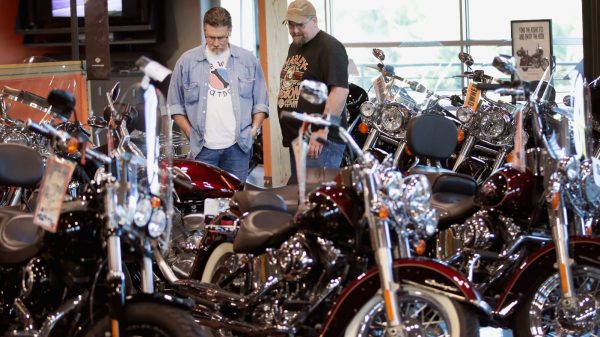Europe’s Electric Motorcycle Market Surges
Press Release: IDTechEx from https://www.scoop.co.nz IDTechEx expects electric motorcycle sales in Europe to grow at least 50% year-on-year in 2020, building on the momentum of recent years. This is driven by continued policy support from governments alongside start-ups and incumbent OEMs entering the market with new model releases, finds the recent report from IDTechEx. Growth is also being boosted by consumer awareness and acceptance in Europe of the benefits of electric motorcycles. Besides the low cost of ownership, electric motorcycles improve the riding experience, taking away the noise, fumes, vibration, shifting, and clutching from the user experience, alongside the environmental benefits of low emissions. The result has been strong growth on par with the electric car market since 2017. How are electric motorcycles different? Electric motorcycles are unique, serious machines with power and energy requirements orders of magnitude higher than other common types of electric two-wheelers such as electric scooters, both the standing kind – think Lime – and the sitting kind – think Vespa. Indeed, electric motorcycles typically utilize electric motors beyond 40kWp, which is more comparable to those found in electric cars than electric scooters, in a much more restricted space. This high-power need, coupled with the limited space on the motorcycle, means manufacturers rarely use off-the-shelf parts and design motors in-house from scratch. The situation is the same for the battery packs, which actually take up the most space in boxy designs unconventional for the moto industry (even when utilizing high-energy automotive-grade Li-ion cells). In contrast, low energy, cheap LFP packs sourced from China can be used for the low energy needs of electric scooters. Zero Motorcycles, the global market leader for electric motorcycles based out of California, USA, is a good example. It uses locally sourced NMC pouch cells in a custom pack and has an […]
Europe’s Electric Motorcycle Market Surges Read More »

